Vietnam's fruit and vegetable exports in the first nine months of this year reached 5.7 billion USD, equal to last year's total and the highest level ever.
It is no coincidence that in recent years, Vietnamese agricultural products have continuously set records. This is the result of a difficult period of intellectual competition to negotiate market opening, and efforts to restructure production to conquer the most demanding customers in the world .
The billion dollar journey of Vietnamese fruit
Two years ago, durian was still a little-known product in the group of key fruit and vegetable products of Vietnam. The export turnover was only at a few tens of millions of USD/year. Few people expected that after the market was opened, especially to China, durian exports would continuously increase exponentially.
Last year, the export turnover reached 2.3 billion USD, and up to now it has reached 2.5 billion USD, becoming the number 1 fruit and vegetable export item of our country. Notably, recently, Vietnam continued to successfully sign the Protocol to bring frozen durian to the Chinese market.

Deputy Minister of Agriculture and Rural Development Hoang Trung said that this is a breakthrough achievement of Vietnamese agricultural products. When there is a Protocol on exporting frozen durian, we will have many advantages to boost durian exports. Durian peeled or whole fruit frozen to ensure technical requirements can be exported.
It sounds easy to say, but to get those growth numbers is a long process of technical negotiations to open the market by the authorities. A typical example is the story of dragon fruit. Before durian became the fruit with the largest export turnover, dragon fruit was Vietnam's number 1 billion-dollar agricultural product, and had to overcome many difficulties to access the most demanding market in the world: the United States.
Deputy Minister Hoang Trung said that the negotiation journey to bring dragon fruit to the US took nearly 10 years. At that time, because the assessment process was both meticulous and large-scale, while Vietnam had no experience in implementing it, we proposed to the US side to send a delegation of officials to the site to both directly work on the technical aspects and conduct negotiations.
During the negotiation process, the US side made many requests, which may be technically effective but are detrimental to their goods. For example, the US side requested that the fresh dragon fruit must have its leaf tips cut off because this is where aphids live. However, if this part is cut off, the dragon fruit will quickly spoil, affecting the quality of the fruit and making it impossible to export.
If negotiators do not have a solid grasp of the profession and do not stick to reality, they will not be able to provide convincing explanations and scientific bases, and inappropriate measures will be imposed on the product.

In addition, the US initially requested a risk assessment and appropriate treatment measures for more than 60 species of harmful organisms, but after intense negotiations and provision of technical documents, this list was reduced to only 6 species.
After passing this step, the US Department of Agriculture posted information to solicit public and business opinions on its website about approving Vietnamese dragon fruit to enter this market.
“At that moment, I felt 80-90% successful. I was very nervous and every day, the negotiation team monitored to see if the American people and businesses had any comments to prepare for the next negotiation plan.
In August 2008, the US announced the official opening of the market for Vietnamese dragon fruit, opening a new step forward for our country's agricultural products. This was also the first fruit of our country exported to the US at that time," the Deputy Minister of Agriculture and Rural Development shared.
After being granted a “visa”, at first the shipments were only a few hundred kilos to the US, by plane, but up to now, hundreds and thousands of tons of dragon fruit have crossed the sea to conquer the world’s most high-end market. The first successful deal has given momentum to other products to be negotiated more easily, in a simplified manner.
In the US market alone, in addition to dragon fruit, there are currently 7 other types of Vietnamese agricultural products allowed for export, including: mango, longan, lychee, rambutan, star apple, grapefruit, coconut and soon passion fruit.
“Once we have entered the US market, we are not afraid of any market. Currently, other markets such as China, Japan, Korea, Taiwan, New Zealand, Australia, EU… have demand for any product, we can meet it,” said Deputy Minister Trung.

Production according to market demand
Statistics from the Ministry of Agriculture and Rural Development show that in the first 9 months of this year, Vietnam's fruit and vegetable exports reached 5.7 billion USD (equal to the whole of last year). According to Deputy Minister of Agriculture and Rural Development Hoang Trung, this achievement is thanks to the fact that in recent years, Vietnam has been able to produce according to market orientation.
In the past 10 years, the agricultural sector has deeply integrated, participating in many international playgrounds and forums. Vietnamese enterprises have proactively grasped the needs and tastes of different markets, thanks to which production orientations and plans following market signals have been formed and developed more systematically and effectively.
With the production process being continuously upgraded, many demanding countries even bring plant varieties to the land of Vietnamese farmers to order production. For example, Japan brings vegetable and sweet potato varieties to remote areas in Lam Dong to order farmers to grow the desired products.
However, as Deputy Minister Trung worries: Opening the market is difficult, but maintaining and expanding market share is even more difficult. We can take durian as a typical example recently. In the beginning, the hot development caused this industry to be "whistled" by neighboring countries.
“There were shipments that when they reached the partners, they recorded videos and sent them back warning that the durian was still green, unripe, unripe, and white. At that time, we were also very embarrassed,” Mr. Trung said. If this situation continues, foreign consumers will turn their backs on Vietnamese agricultural products, and in the long run, the risk of export suspension is still possible.
With durian, the competition is very hot. Surrounding countries such as Malaysia, Cambodia, Indonesia have started to grow and bring it to the Chinese market, while Thailand is also constantly improving its quality.
Source










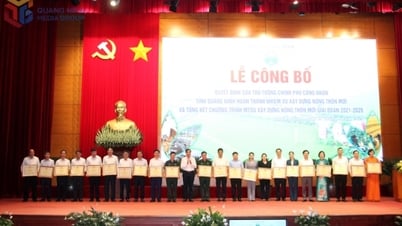

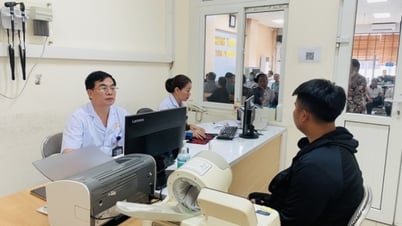
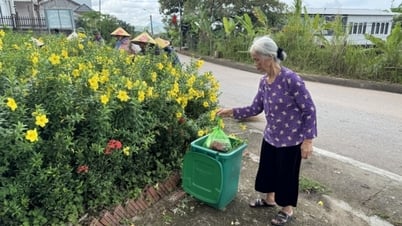
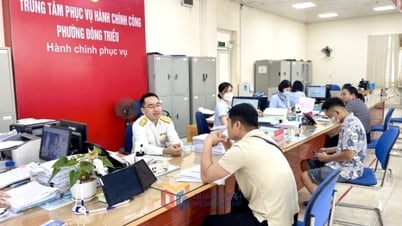








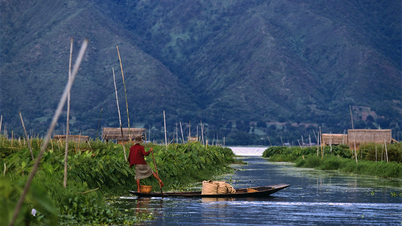
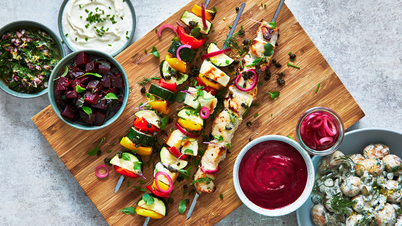




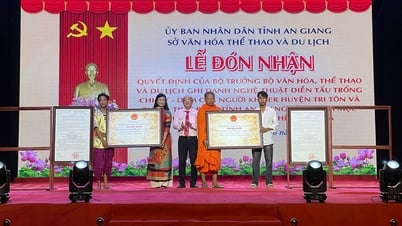

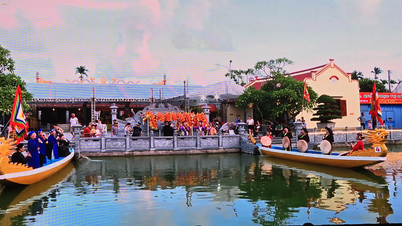

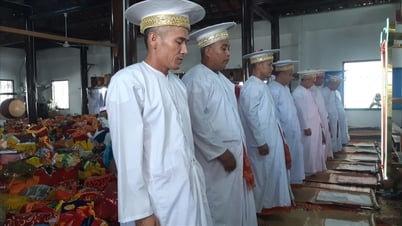

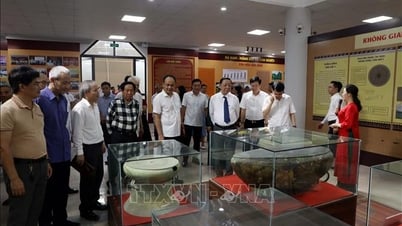









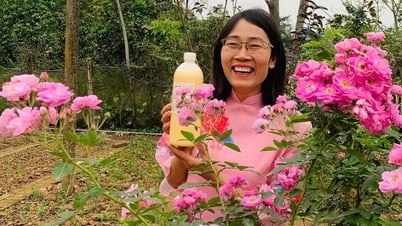

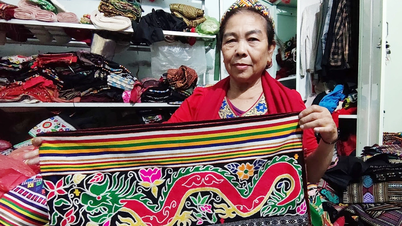

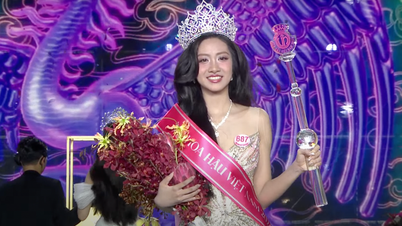











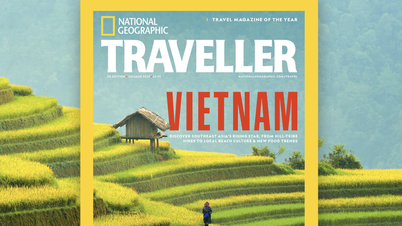



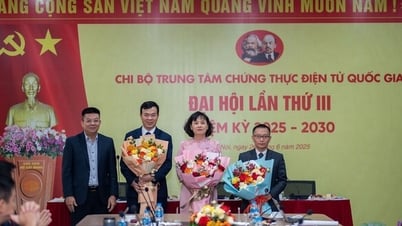





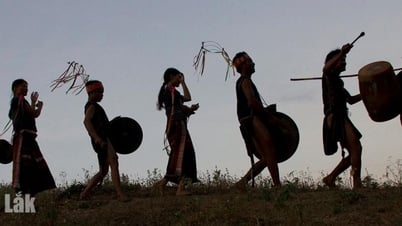

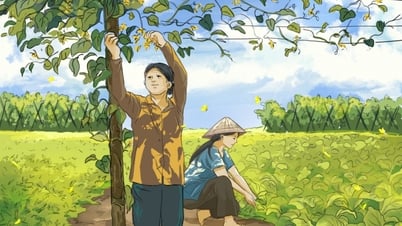
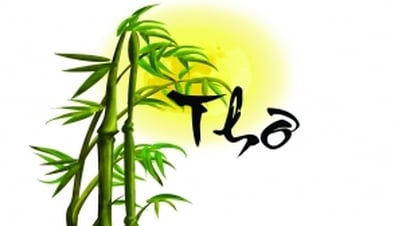

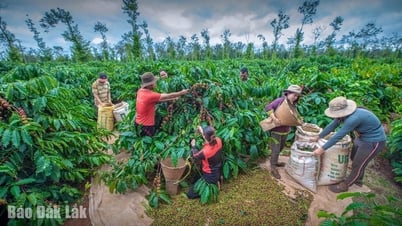













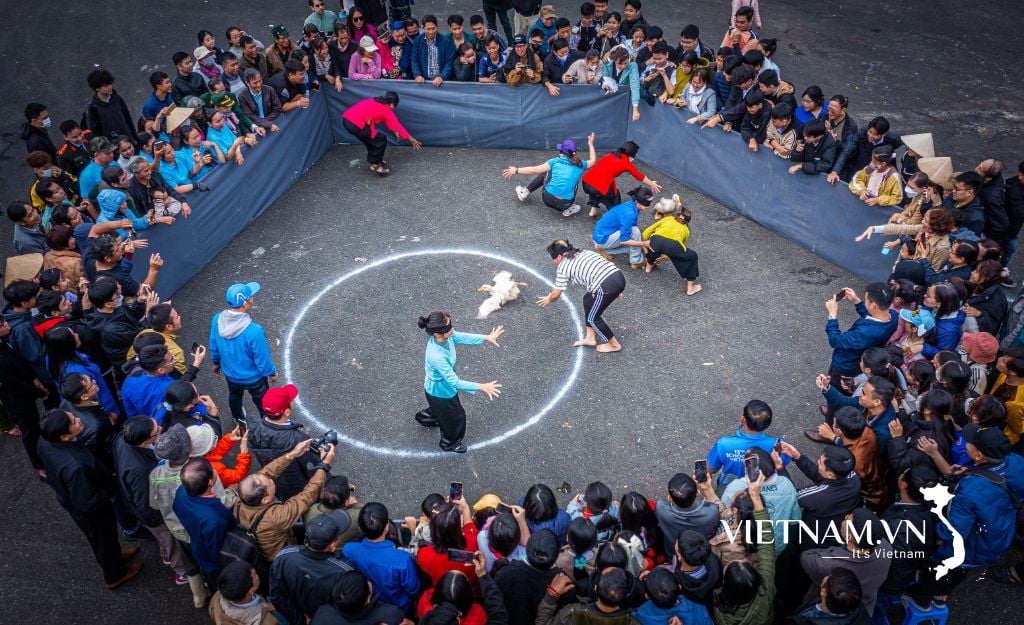

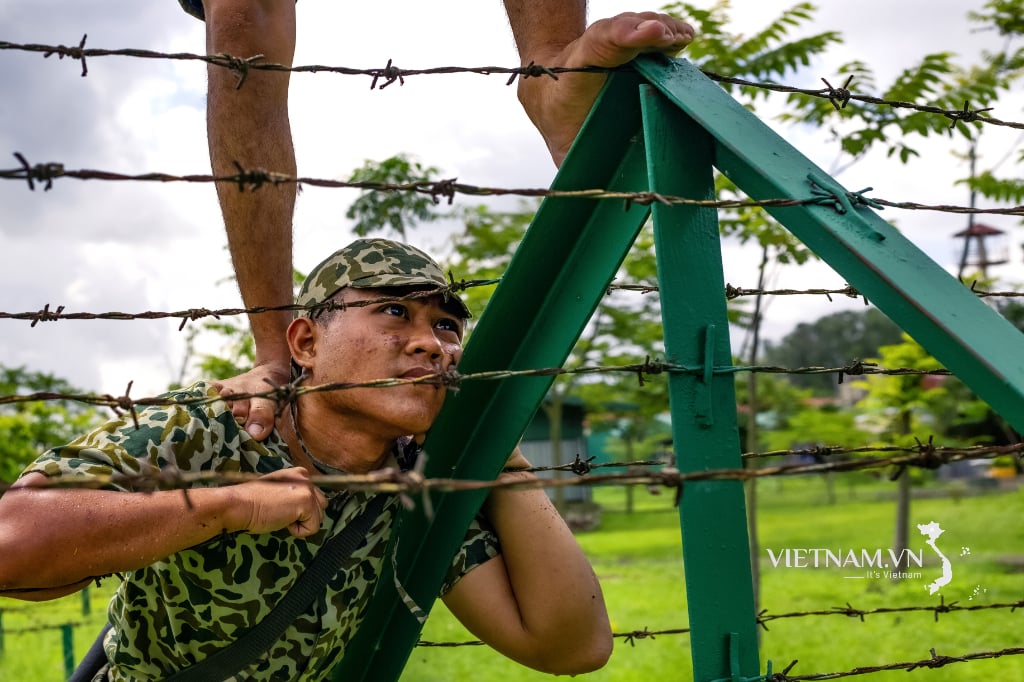
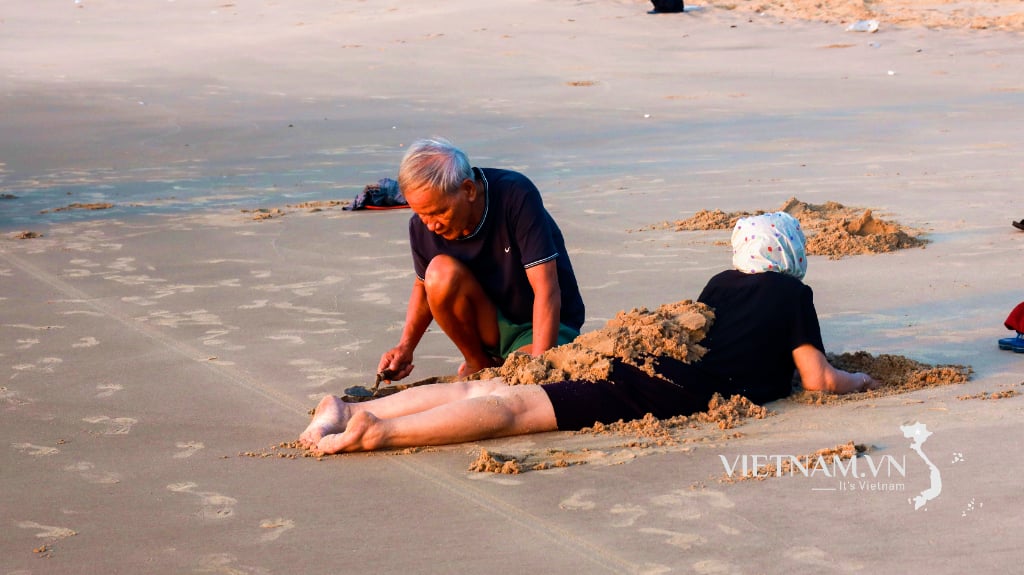
Comment (0)